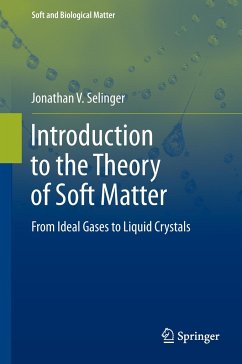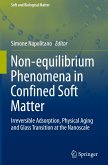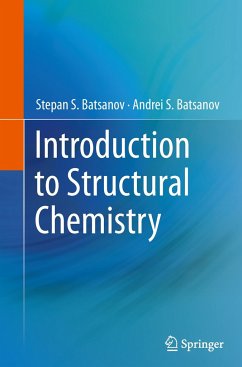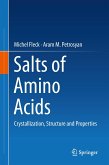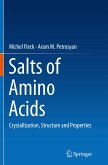This book presents the theory of soft matter to students at the advanced undergraduate or beginning graduate level. It provides a basic introduction to theoretical physics as applied to soft matter, explaining the concepts of symmetry, broken symmetry, and order parameters; phases and phase transitions; mean-field theory; and the mathematics of variational calculus and tensors. It is written in an informal, conversational style, which is accessible to students from a diverse range of backgrounds. The book begins with a simple "toy model" to demonstrate the physical significance of free energy. It then introduces two standard theories of phase transitions-the Ising model for ferromagnetism and van der Waals theory of gases and liquids-and uses them to illustrate principles of statistical mechanics. From those examples, it moves on to discuss order, disorder, and broken symmetry in many states of matter, and to explain the theoretical methods that are used to model the phenomena. It concludes with a chapter on liquid crystals, which brings together all of these physical and mathematical concepts. The book is accompanied online by a set of "interactive figures"-some allow readers to change parameters and see what happens to a graph, some allow readers to rotate a plot or other graphics in 3D, and some do both. These interactive figures help students to develop their intuition for the physical meaning of equations. This book will prepare advanced undergraduate or early graduate students to go into more advanced theoretical studies. It will also equip students going into experimental soft matter science to be fully conversant with the theoretical aspects and have effective collaborations with theorists.
"Selinger's book is clearly an excellent, well-written introduction to the phenomenology and concepts of soft matter physics. I enjoyed reading it and can but recommend it to students of theoretical physics with an interest in pursuing this research direction, or to those that would need a good background to the contemporary research literature ... . recommended this book to my graduate students with the path to theoretical soft matter physics in mind, as the first that they should read." (Rudolf Podgornik, Liquid Crystals Today, Vol. 26 (2), April, 2017)
"Introduction to the Theory of Soft Matter: From Ideal Gases to Liquid Crystals, presents students with many of the key methods and principles of condensed-matter theory that have been valuable for understanding and engineering soft matter, with a particular focus on the theory of liquid crystals. ... It will be a valuable asset for students and junior researchers who are in a growing interdisciplinary field and are looking for an approachable yet rigorous introduction to many of its cornerstone principles." (Greg Grason, Physics Today, scitation.aip.com, November, 2016)
"Introduction to the Theory of Soft Matter: From Ideal Gases to Liquid Crystals, presents students with many of the key methods and principles of condensed-matter theory that have been valuable for understanding and engineering soft matter, with a particular focus on the theory of liquid crystals. ... It will be a valuable asset for students and junior researchers who are in a growing interdisciplinary field and are looking for an approachable yet rigorous introduction to many of its cornerstone principles." (Greg Grason, Physics Today, scitation.aip.com, November, 2016)

